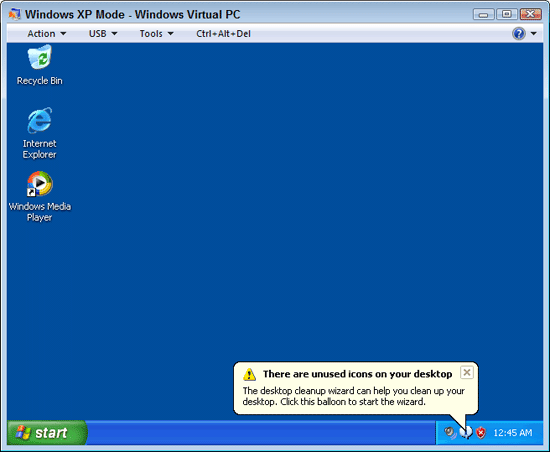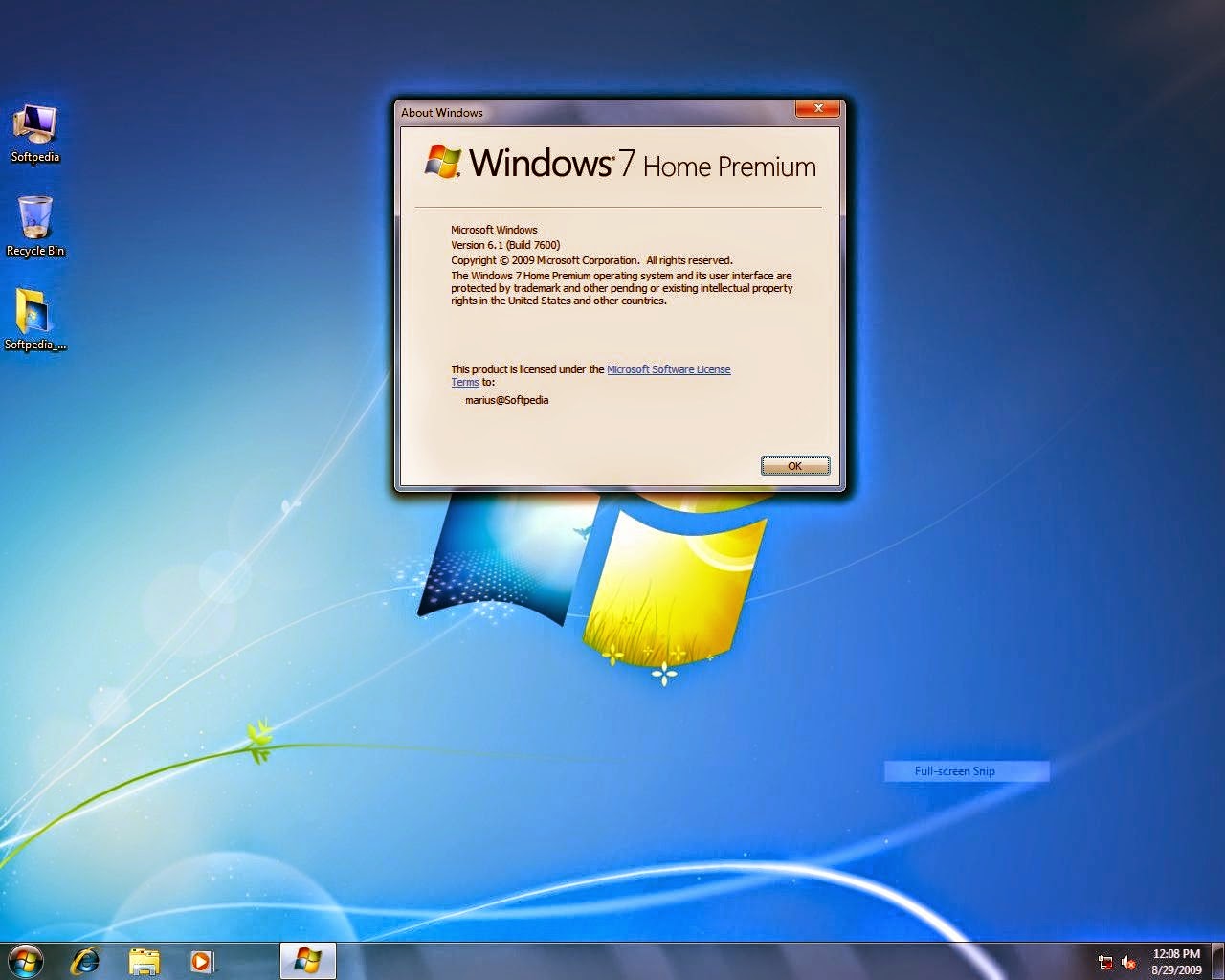

After that, unofficial methods were made available to apply the updates to other editions of Windows XP. Windows Embedded POSReady 2009, based on Windows XP Professional, received security updates until April 2019. After that, the operating system ceased receiving further support. Mainstream support for Windows XP ended on April 14, 2009, and extended support ended on April 8, 2014. Market share of Windows XP fell below 1% by the end of 2021, right when Windows 11 was released. Windows XP and Windows Server 2003 were succeeded by Windows Vista and Windows Server 2008, released in 20, respectively.

However, some industry reviewers were concerned by the new licensing model and product activation system. Upon its release, Windows XP received critical acclaim, noting increased performance and stability (especially compared to Windows Me), a more intuitive user interface, improved hardware support, and expanded multimedia capabilities. As a result, Windows XP is the first consumer edition of Windows not based on the Windows 95 kernel and MS-DOS. However, in January 2000, both projects were scrapped in favor of a single OS codenamed "Whistler", which would serve as a single platform for both consumer and business markets. An updated version of Windows 2000 was also initially planned for the business market. It was released to manufacturing on August 24, 2001, and later to retail on October 25, 2001.ĭevelopment of Windows XP began in the late 1990s under the codename " Neptune", built on the Windows NT kernel explicitly intended for mainstream consumer use.
#Windows xp mode windows 7 32 bit or the 64 bit professional#
It is the direct successor to Windows 2000 for professional users and Windows Me for home users. Windows XP is a major release of Microsoft's Windows NT operating system.


 0 kommentar(er)
0 kommentar(er)
